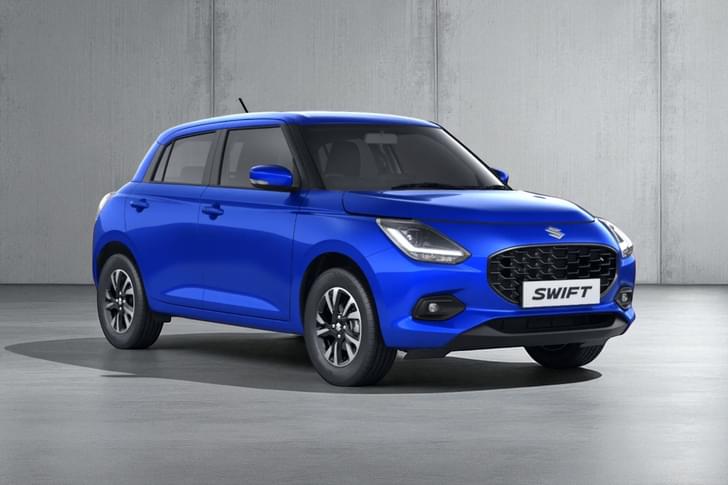How is Maruti Suzuki tackling the sharpest downturn the company has ever faced? Will you fight back?
Of course we’ll fight back. The last two quarters, our market share was about 49.7 percent, which, if you look quarter-wise, is the third highest in the last 20 years. So it’s not as if we now have to go back at operating at 25 or 30 percent market share. This is the third-highest market share for us in the last 20 years. If you look at volumes, we have found in the industry as well as for Maruti Suzuki, they have really dipped in H1. Retails were roughly 20 percent down. Obviously, when you make an ecosystem based on larger volumes, you need to modify it as you go along. That is the challenge.
With Maruti phasing out diesel cars by April 2020, around 2,50,000 diesel cars will go off the market. Do you think there will be some challenges for you in terms of volumes?
Absolutely, challenges will be there and we are aware of them. Just to put things into perspective: if you break down this diesel-petrol ratio, just to give a sense, the petrol percentage has now gone up for the industry to 67-68 percent. Five years back, it was the other way round – 58 percent diesel and 42 percent petrol. For us, in October, 19 percent of our sales were diesel. For our competitors, it’s still in the range of 45-46 percent. In the hatch segment today, the diesel share is only five percent. In sedans, it is roughly about 35 percent. It’s in the SUV space where the diesel percentage is as high as 70 percent. We will launch a petrol Vitara Brezza, and in that case, we hope to have a one-to-one replacement of the diesel volumes. In the entry-level SUV space at least, we are very confident because once you have BS6 diesel options in this category, the price difference will become substantial, even more than what it is today. Even today, the bookings which are coming for our competitors are substantially skewed in favour of petrol.
Who exactly is buying the S-Presso? How do they differ from the Alto buyer?
We haven’t found a definitive trend just yet. It’s too early to say, but initial research shows the S-Presso has attracted buyers from other segments as well. We’re saying it is like a mini-SUV and that’s attracting buyers, and not just first-time hatch buyers. It’s about the type of design people are preferring and clearly our indication – even before we launched the S-Presso – was that the buyer is shifting towards a more high-riding, SUV-type vehicle.
Do you think hatchbacks are a dying breed?
My answer to that is a clear no. The reason why I say this is the hatchback segment still makes up about 45-46 percent of the market, and it has been around that mark for the last 5-6 years. Remember, the share of sedans in this market has actually come down from about 25-26 percent to about 22-23 percent now. Hatchbacks still form the core of our market.
For the first time, we’ve seen Maruti under stress. Do you think that there needs to be a rethinking of the way you work, adopting different strategies and a different approach?
Absolutely. I think we have seen such situations before as well. In the 2009-2010 period, when we didn’t have any diesel cars and the market was shifting to diesels – more than 60 percent volume suddenly became diesel and we lost market share. But I have seen this company for a very long time, I have worked here for 30 years since I completed my education. We have made some really big innovations in our network, as far as rural network is concerned. We have made really innovative efforts in products as well. We went into products such as the Ertiga when people said “Who is going to buy an Ertiga from Maruti when you have the Innova?” So we took those risks; and I say this from experience, we have this sense of crisis all the time. I think what all of us are discussing is, it’s not just about the product or network or consumer – it is about if there is a fundamental and structural shift in the industry.

































